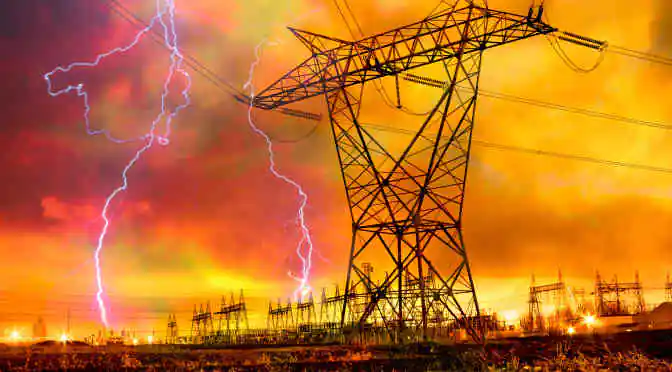As a system of equipment and software, automatic generation control (AGC) uses closed loop feedback to control multiple generators in an interconnected power system within a specified area. It also regulates the frequency to a scheduled value with the help of both primary and secondary controls, distributes the load among participating units, and maintains the operation of each unit in the most economical way. With changes in the grid structure that drive the demand for IT implementation, the market for AGC has grown significantly. According to analysts at Technavio, the global AGC market will register a CAGR of around 3% by 2020.
Among the many drivers of the AGC market, the increased level of integration of power resources is regarded as one major reason behind the growth in this industry. With the goal to reduce the dependency on fossil fuels as well as increased focus on cleaner fuel resources, governments across the globe are working towards integrating power resources through highly rewarding policies, rebates and incentives. Due to these initiatives, the past two decades have witnessed a sharp rise in the share of renewable and alternate sources of energy, with major investments flowing from the US, China, and the EU. It is in this context that the adoption of AGCs has witnessed substantial increase as well.
Coming to the role of the deregulation of the power market in the growth of the AGC industry – this development has surely created an environment that promotes:
- Proactive attention to customer needs
- Incentives to improve technology for lowering costs
- Increase in competition that would increase service reliability
- Efficiency
Global Renewable Energy Investments 2011-2015 ($ billions)

Source: Technavio
As deregulation has brought many independent producers into the power market, this has resulted in the integration of several utilities through tie-lines, wherein power can be exchanged to meet the respective load requirements in the case of a power shortage. As this type of integration can have a negative impact on the integrity of the grid, utilities are employing AGC to balance the inter-area frequency and variations in load capacity.
The AGC collects and estimates data related to system frequency and tie-line flow every one to six seconds. Based on the data received, the correction data is sent to respective generators in separate areas in order to balance the load. For instance: in a two-area system, to change the frequency and power flow, the tie-lines will communicate the change to both the generators in a pre-defined proportion. For the change to take place, the system will require AGC to be present in every area.
Also, as traditional power grids give way to new IT technologies, several utilities have adopted AGCs for power management processes. AGC not only provides seamless integration of power generation resources and services such as load forecasting and data analytics, but also allows utilities to manage the power supply from various sources through real-time visualization of grid operations. This way, utilities can easily generate the required power to meet the peak hour demand and minimize the economic risk of shortfall or excess power generation.
Thus there is no doubt that the deregulation of the power market along with the integration of power resources has boosted the growth and expansion of the AGC market at the global level.
Looking for a geographical segmentation of the AGC Market?
Order the 2016-2020 Report on the Global Automatic Generation Control Market



